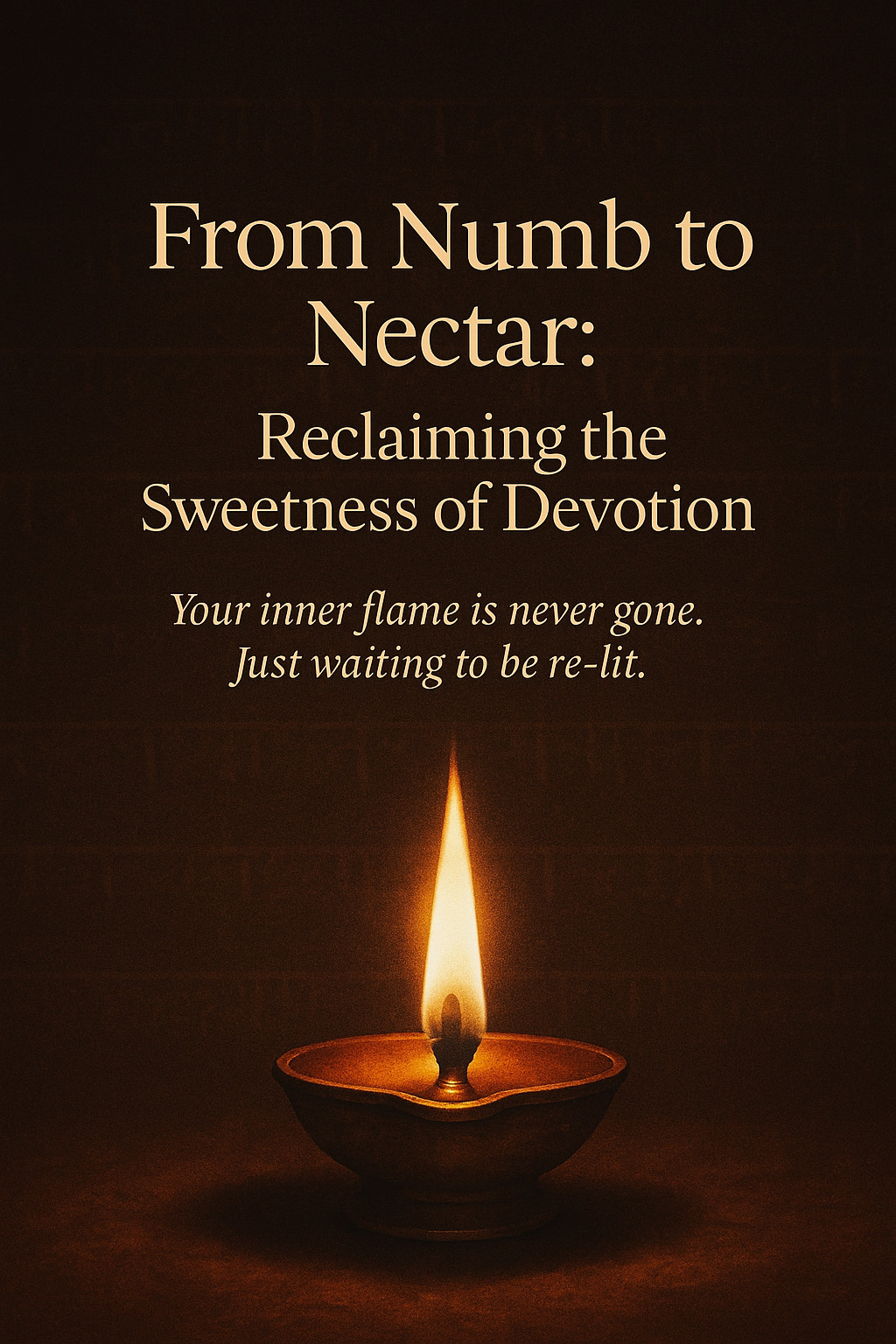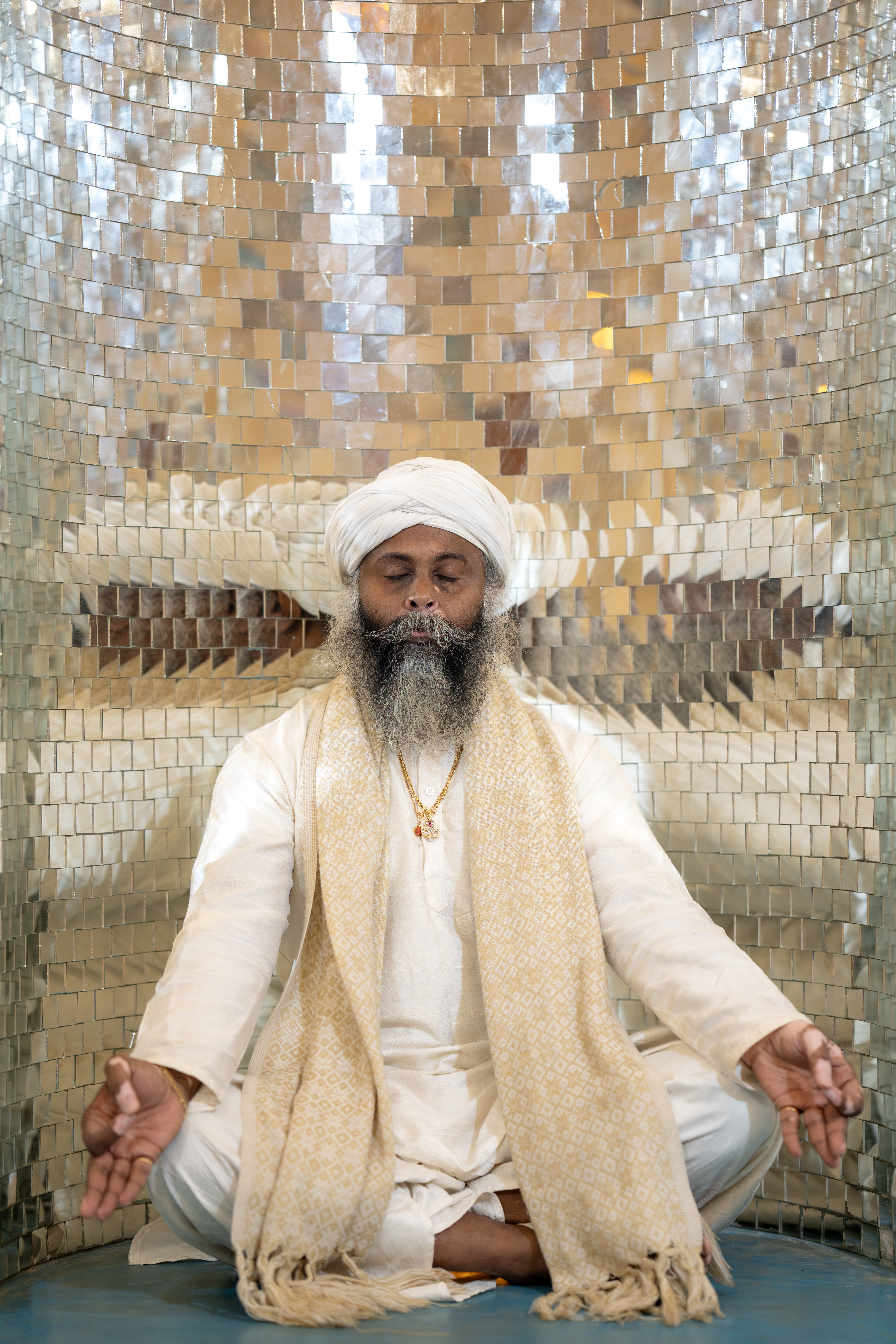Pranayama, the ancient science of breath control, is not just about breathing—it is about channeling prana (life force) to awaken deeper states of consciousness. Within the vast tradition of pranayama, two significant classifications exist:
- Sagarbha Pranayama – Breath with mantra or intention
- Nigarbha Pranayama – Breath without mantra or external focus
These two paths guide practitioners toward inner stillness, energy expansion, and spiritual transformation. While Sagarbha engages the mind through mantra, visualization, and intention, Nigarbha is a more silent practice, focusing on pure breath awareness.
1. Understanding Sagarbha Pranayama (Breath with Mantra & Intention)
What is Sagarbha Pranayama?
In Sanskrit, "Sagarbha" means "with seed" or "with essence." This type of pranayama involves incorporating a mantra, mental visualization, or intention while controlling the breath. It is used in many yogic and meditative traditions to deepen focus, invoke divine energies, and cultivate inner power.
Key Elements of Sagarbha Pranayama
- Involves mantras like “So-Hum,” “Om,” or bija (seed) sounds.
- May include visualization of energy moving through chakras.
- Enhances mental concentration and pranic expansion.
- Often used in meditative and devotional practices.
How to Practice Sagarbha Pranayama
- Sit comfortably with your spine erect.
- Inhale deeply while mentally chanting a chosen mantra (e.g., "Om" or "So-Hum").
- Hold the breath while visualizing energy circulating through the body.
- Exhale slowly, mentally repeating the mantra again.
- Continue for 5–15 minutes, allowing the breath and mantra to become one.
Benefits of Sagarbha Pranayama
✅ Deepens meditation and spiritual awareness.
✅ Activates chakras through mantra resonance.
✅ Enhances mental clarity, focus, and devotion.
✅ Strengthens pranic reserves, improving vitality.
✅ Activates chakras through mantra resonance.
✅ Enhances mental clarity, focus, and devotion.
✅ Strengthens pranic reserves, improving vitality.
Sagarbha Pranayama is often used by yogis, monks, and meditators seeking a deeper spiritual connection through breath and sound.
2. Understanding Nigarbha Pranayama (Breath Without Mantra)
What is Nigarbha Pranayama?
Unlike Sagarbha, Nigarbha Pranayama is pure breath control—without mantra, visualization, or external focus. "Nigarbha" means "without seed" or "without essence," implying a practice that relies purely on breath awareness.
Key Elements of Nigarbha Pranayama
- No mantra or visualization is used.
- Focus remains only on the breath.
- Develops pure awareness and deep inner silence.
- Leads to samadhi (higher consciousness) in advanced practice.
How to Practice Nigarbha Pranayama
- Sit in a quiet place with a straight spine.
- Observe the breath as it naturally flows in and out.
- Slowly deepen the breath, making it rhythmic and controlled.
- Focus on the sensation of air entering and leaving the nostrils.
- If thoughts arise, gently return attention to the breath.
- Continue for 10–20 minutes, resting in pure awareness.
Benefits of Nigarbha Pranayama
✅ Develops deep stillness and inner peace.
✅ Enhances mindfulness and self-awareness.
✅ Increases lung capacity and oxygenation.
✅ Leads to deep states of meditation (dhyana).
✅ Enhances mindfulness and self-awareness.
✅ Increases lung capacity and oxygenation.
✅ Leads to deep states of meditation (dhyana).
Nigarbha Pranayama is often used by silent meditators, Zen practitioners, and those seeking self-realization through pure breath awareness.
3. Which Pranayama is Right for You?
Both Sagarbha and Nigarbha Pranayama serve different purposes in a yogic journey:
| Aspect | Sagarbha Pranayama | Nigarbha Pranayama |
|---|---|---|
| Mantra Involvement | Yes (with chanting) | No (pure breath) |
| Mental Engagement | Focus on sound/visualization | Focus only on breath |
| Purpose | Energy activation, devotion | Deep silence, stillness |
| Best For | Meditation with intention | Mindfulness & self-awareness |
| Spiritual Goal | Chakra activation, connection to divine | Pure awareness, inner stillness |
If you are drawn to mantras, devotion, and visualization, Sagarbha Pranayama will be beneficial.
If you seek silent awareness, inner peace, and meditative depth, Nigarbha Pranayama is ideal.
If you seek silent awareness, inner peace, and meditative depth, Nigarbha Pranayama is ideal.
4. The Ultimate Balance: Combining Both Practices
Many advanced yogis combine both types in their practice. For example:
- Start with Sagarbha Pranayama to energize the mind with mantra.
- Shift to Nigarbha Pranayama for deep, silent absorption.
By balancing active engagement and passive awareness, one can experience the full spectrum of pranayama’s benefits—both energy awakening and deep meditation.
Final Thoughts
Both Sagarbha and Nigarbha Pranayama are profound tools for transformation. Whether you use breath as a vehicle for devotion (Sagarbha) or as a gateway to pure presence (Nigarbha), the key is consistent practice.
Breath is the bridge between the body, mind, and spirit. Mastering it is the foundation of true yogic awakening.
✨ Which practice resonates with you? Try both and experience their power for yourself! 🙏


0 Comments